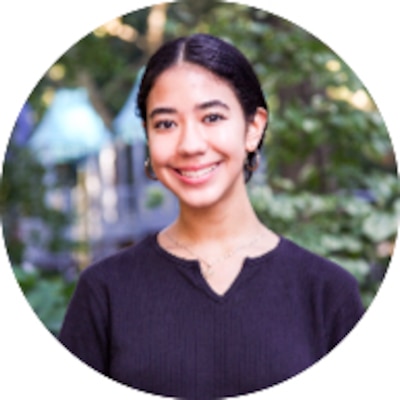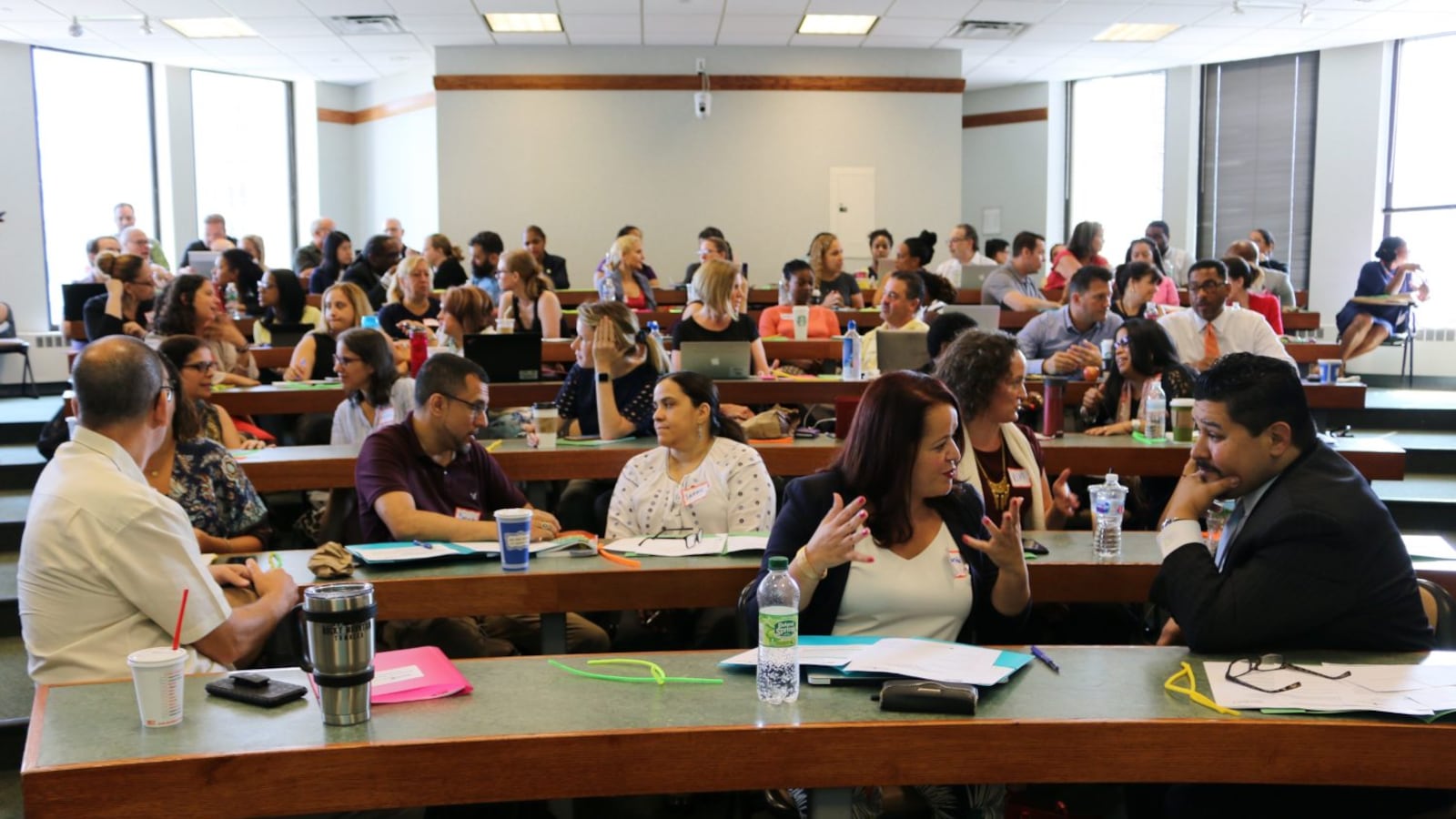About a week before starting my freshman year of high school, I moved to New York City from McAllen, Texas. I had idealized New York City and its school system without ever stepping foot in it, imagining it to be the standard for diversity and inclusion.
Today, as a 16-year-old Filipina and Puerto Rican student at a predominantly white high school, I am intimately familiar with the fact that New York has some of the most segregated schools in America.

I’m trying to change that and address the disparities in our educational system. I’m a member of the Chancellor’s Student Advisory Council, which has nominated me to sit on the Panel for Education Policy this upcoming school year. I also analyze federal, state, and city-wide data through a group called YTAC-D convened by NYU and the education department.
I believe in the humanization of numbers, rather than using pure statistics. And I’ve realized that one of my most powerful tools is my ability to simply tell others about my work and how I feel, and hope that my voice will reach their ears.
I am tired of having to make my body and experiences more accessible to white teachers. I am tired of being asked what “mix” I am. I am tired of white teachers wearing hoop earrings and red lipstick and telling me they “feel Latina.” I am tired of being called “reverse racist” when I mention that people of color are not all the same and that white supremacy runs rampant in our system.
I am tired of white teachers telling me that the school to prison pipeline doesn’t exist when I try to explain that “safety” measures, like metal detectors, criminalize black and brown students. Or when I say that suspensions push students out of the classrooms they should be pulled into.
I’m also tired of the way history is always taught starting from the year 1491. Any time my people are talked about in class, it is always in the light of imperialism, as if my history didn’t exist before colonization. Looking into a history textbook has never felt like looking into a mirror, just as looking at my teachers and administrators has never felt like looking into a mirror.
I am tired of never being allowed to take up space. I am tired of having to change my tone of voice or my vocabulary because the same words a white teacher uses are suddenly seen as “aggressive” when they come from me. I have had to censor myself, make myself more palatable for my white school, and strip away parts of my identity in order to be seen or heard. Why is the comfort of my white peers prioritized over my safety? Why does my safety have to look like silence?
I have been pulled aside and been told that my mentions of white privilege and systemic oppression are “triggering for white students.” I have been told that I “keep making everything about race.”
My question is: When students of color are being forced to see past race and color, are our white teachers ever being asked to see it at all?
I’ve realized that my vulnerability often creates discomfort for white administrators, teachers, and peers. When I talk about race and the conversations become uncomfortable, other people have the ability to leave the conversation or leave the classroom. Yet, I can’t leave my body, nor my reality. As a student of color, I don’t have the option to “see past color” or willfully avert my eyes.
There are so many examples of the ways myself and other students have been harmed by racism and bias in educational spaces. But I am encouraged by the fact that the city’s education department is actively implementing anti-bias training and culturally responsive education.
Culturally responsive education demands that there is more than a token person of color presented in our curriculum, while implicit bias trainings unpack why we allow people of color to be dehumanized in the first place. Both ask teachers and administrators to question their own privilege.
These trainings are not about condemnation. They are a step toward accountability and an acceptance that, although not all teachers are racist, we exist in an education system founded to best serve white students.
This is important work. I need to know that my teachers see me. All students do, too.
Kay Galarza is a junior at Baruch College Campus High School in New York City. She is part of the Youth Technical Assistance Center for Addressing Disproportionality and planned a youth-led summit, being held June 6, on inequity in schools.
About our First Person series:
First Person is where Chalkbeat features personal essays by educators, students, parents, and others trying to improve public education. Read our submission guidelines here.

